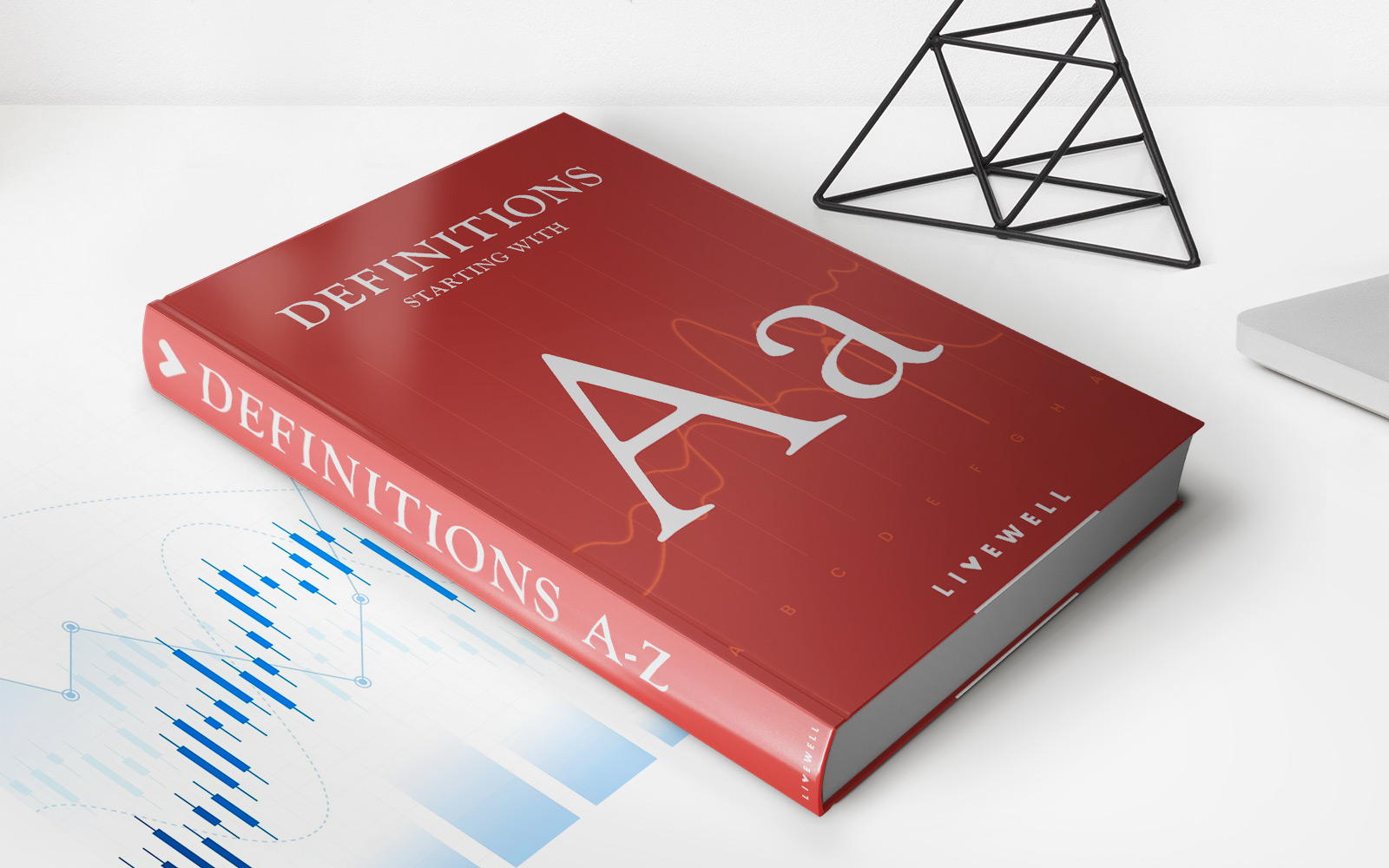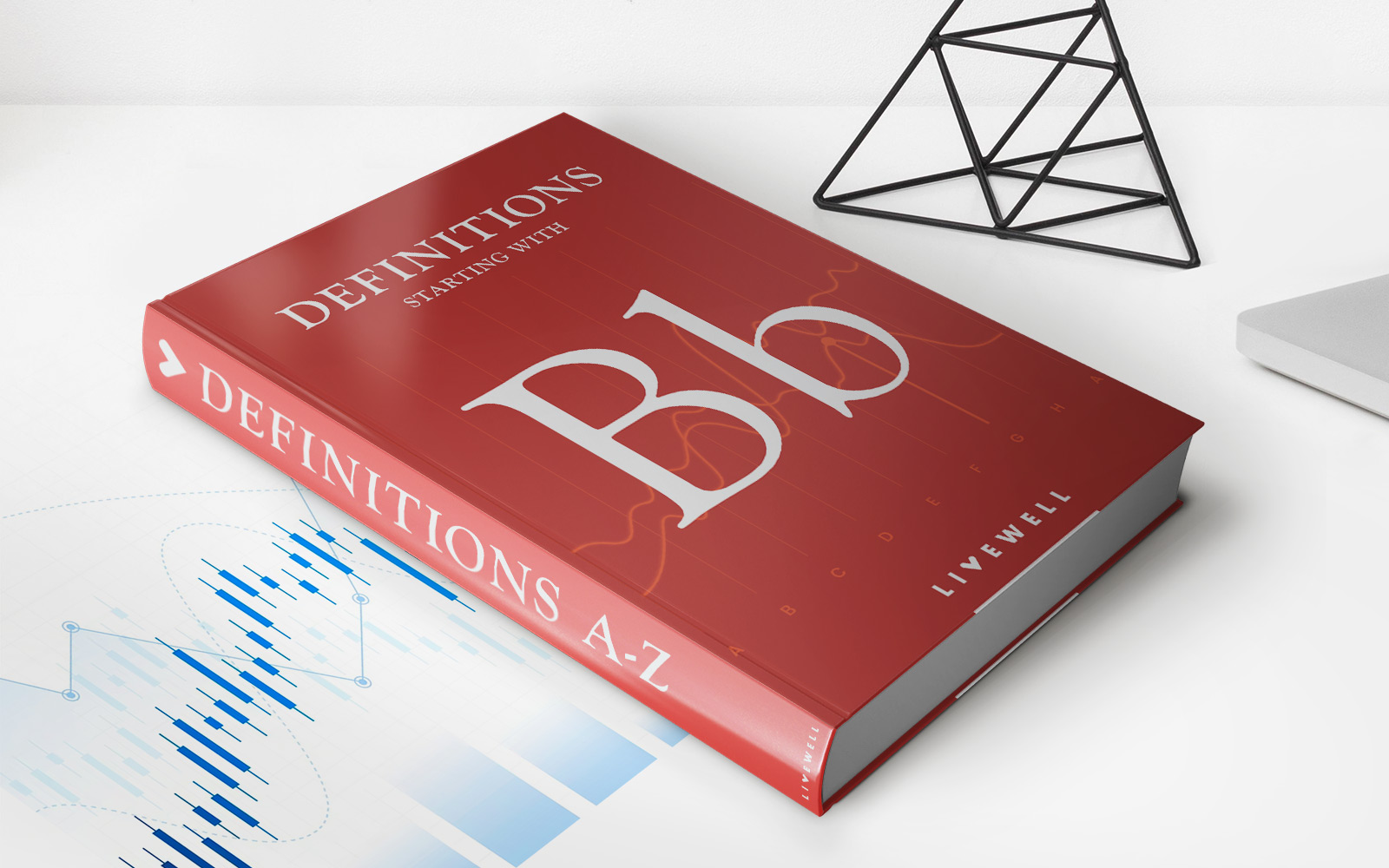

Finance
What Is The Minimum Payment For PIP
Published: February 27, 2024
Learn about the minimum payment for personal injury protection (PIP) and its impact on your finances. Find out how PIP affects your financial responsibilities.
(Many of the links in this article redirect to a specific reviewed product. Your purchase of these products through affiliate links helps to generate commission for LiveWell, at no extra cost. Learn more)
Table of Contents
Introduction
Personal Independence Payment (PIP) is a vital financial support scheme designed to assist individuals with long-term health conditions or disabilities. This benefit is instrumental in providing the necessary financial aid to help with the extra costs associated with long-term ill health or disability. Understanding the minimum payment for PIP is crucial for both current recipients and those considering applying for this essential support.
In this comprehensive guide, we will delve into the intricacies of PIP, shedding light on its significance and the minimum payment amount. By gaining a deeper understanding of the minimum payment for PIP and the factors influencing it, individuals can make informed decisions and effectively manage their financial resources.
Navigating the intricacies of PIP can be daunting, especially for those new to the scheme. This article aims to simplify the concept of PIP and the minimum payment, offering valuable insights to empower individuals with the knowledge they need to make the most of this essential financial support.
Let's embark on a journey to unravel the nuances of PIP and gain a comprehensive understanding of the minimum payment amount and its implications for recipients. Whether you are a current PIP beneficiary or exploring the possibility of applying for this support, this guide will equip you with the knowledge to navigate the PIP landscape with confidence and clarity.
Understanding PIP (Personal Independence Payment)
Personal Independence Payment (PIP) is a vital government initiative aimed at providing financial assistance to individuals affected by long-term health conditions or disabilities. This support scheme is designed to help individuals meet the additional costs associated with their condition, ensuring they can lead independent and fulfilling lives.
PIP is structured to address the specific needs of individuals facing challenges due to a disability or health condition. It encompasses two components: the daily living component and the mobility component. The daily living component caters to individuals who require assistance with daily activities, while the mobility component supports those who face mobility challenges.
Assessments for PIP are focused on an individual’s ability to carry out essential daily tasks and mobility-related activities. The evaluation process takes into account the impact of the individual’s health condition or disability on their daily life, emphasizing the need for support and assistance. This person-centered approach ensures that the support provided through PIP is tailored to the unique requirements of each individual.
It’s important to note that PIP is not means-tested, meaning that recipients can receive this benefit regardless of their income or savings. This aspect of PIP sets it apart from other financial support schemes, making it an inclusive and essential form of assistance for those in need.
Understanding the intricacies of PIP, including its components and assessment criteria, is fundamental for individuals seeking to access this support. By gaining a clear understanding of the purpose and structure of PIP, individuals can effectively navigate the application process and maximize the support available to them.
Now that we have established a foundational understanding of PIP, let’s explore the minimum payment associated with this crucial support scheme and the factors that influence it.
Minimum Payment for PIP
The minimum payment for Personal Independence Payment (PIP) serves as a crucial benchmark for individuals receiving this essential financial support. It represents the baseline amount that eligible recipients can expect to receive, providing a vital lifeline to help meet the additional costs associated with their health condition or disability.
At its core, the minimum payment for PIP is structured to ensure that individuals facing significant challenges due to their health condition or disability receive a fundamental level of financial assistance. This support is instrumental in helping recipients maintain their independence, access necessary resources, and address the specific needs arising from their condition.
It’s important to note that the minimum payment for PIP is not a one-size-fits-all figure. Instead, it varies based on the specific circumstances and needs of the individual recipient. The amount is determined through a comprehensive assessment process that takes into account the impact of the individual’s health condition or disability on their daily life and mobility.
Recipients of PIP can expect the minimum payment to encompass both the daily living component and the mobility component, reflecting the comprehensive nature of support provided through this scheme. This ensures that individuals receive assistance tailored to their specific requirements, addressing both their daily living needs and mobility challenges.
Understanding the minimum payment for PIP is vital for recipients, as it forms the foundation of their financial support under this scheme. By gaining clarity on the minimum payment amount and the factors influencing it, individuals can effectively plan and manage their finances, ensuring that they can access the support they need to lead fulfilling lives despite their health challenges.
Now that we have explored the significance of the minimum payment for PIP, let’s delve into the factors that influence this crucial aspect of financial support, shedding light on the considerations that shape the level of assistance provided to eligible recipients.
Factors Affecting Minimum Payment
Several key factors play a pivotal role in determining the minimum payment for Personal Independence Payment (PIP), shaping the level of financial support provided to eligible recipients. Understanding these factors is essential for individuals navigating the PIP landscape, as it empowers them to comprehend the considerations that influence their financial assistance under this scheme.
- Assessment Criteria: The assessment process for PIP evaluates an individual’s ability to carry out essential daily tasks and mobility-related activities. The impact of the individual’s health condition or disability on their daily life forms the basis for determining the minimum payment. Factors such as the level of assistance required and the extent of mobility challenges contribute to shaping the minimum payment amount.
- Specific Needs: The unique needs of each individual recipient are integral to determining the minimum payment for PIP. The assessment takes into account the specific challenges and requirements arising from the individual’s health condition or disability, ensuring that the financial support provided aligns with their distinct needs.
- Duration of Support: The duration for which an individual requires PIP support influences the minimum payment amount. Long-term support needs may result in a higher minimum payment to address ongoing challenges and ensure sustained assistance for the recipient.
- Changes in Circumstances: Any changes in the recipient’s circumstances, such as fluctuations in health condition or mobility challenges, can impact the minimum payment for PIP. The assessment process considers these changes to adjust the level of support provided, reflecting the evolving needs of the recipient.
By comprehending the factors that affect the minimum payment for PIP, individuals can gain insight into the considerations shaping their financial support. This knowledge empowers recipients to engage with the assessment process and effectively communicate their needs, ensuring that they receive the appropriate level of assistance tailored to their specific circumstances.
Armed with an understanding of the factors influencing the minimum payment for PIP, individuals can navigate the complexities of this support scheme with clarity and confidence, leveraging the available resources to address their health challenges and lead independent, fulfilling lives.
Having explored the factors that shape the minimum payment for PIP, we have gained valuable insights into the considerations that underpin this essential form of financial support. As we conclude our exploration, it becomes evident that understanding these factors is instrumental in empowering individuals to access the support they need and navigate the PIP landscape with knowledge and assurance.
Conclusion
In conclusion, the minimum payment for Personal Independence Payment (PIP) holds immense significance as a fundamental source of financial support for individuals grappling with long-term health conditions or disabilities. This essential form of assistance is designed to address the specific needs of recipients, ensuring that they can access the resources necessary to lead independent and fulfilling lives despite their health challenges.
By gaining a comprehensive understanding of PIP and the minimum payment amount, individuals can effectively harness this support to navigate the financial implications of their health condition or disability. The minimum payment serves as a pivotal benchmark, reflecting the baseline level of assistance provided to eligible recipients and forming the cornerstone of their financial support under this scheme.
Understanding the factors that influence the minimum payment for PIP empowers individuals to engage with the assessment process and communicate their needs effectively. Factors such as assessment criteria, specific needs, the duration of support, and changes in circumstances play a crucial role in shaping the level of financial assistance provided, highlighting the personalized and dynamic nature of PIP support.
As individuals navigate the complexities of PIP, armed with knowledge about the minimum payment and its determinants, they can approach the assessment process with clarity and confidence, ensuring that they receive the appropriate level of support tailored to their unique circumstances.
Ultimately, the minimum payment for PIP represents a lifeline for recipients, offering essential financial assistance to address the additional costs associated with their health challenges. By unraveling the nuances of PIP and the minimum payment amount, individuals can access the support they need to surmount the financial barriers posed by their health condition or disability, fostering independence and well-being.
As we conclude our exploration, it becomes evident that the minimum payment for PIP is not merely a monetary figure; it embodies the commitment to empowering individuals, recognizing their unique needs, and providing the essential support required to overcome the challenges posed by long-term health conditions or disabilities.














